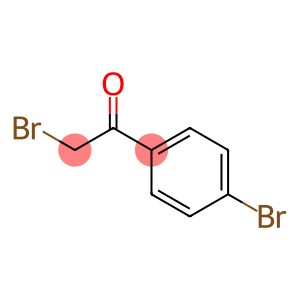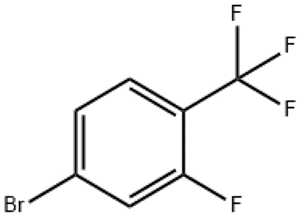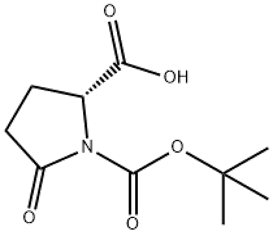2,4′-Dibromoacetophenone(CAS#99-73-0)
| Hazard Symbols | C – Corrosive |
| Risk Codes | 34 – Causes burns |
| Safety Description | S26 – In case of contact with eyes, rinse immediately with plenty of water and seek medical advice. S36/37/39 – Wear suitable protective clothing, gloves and eye/face protection. S45 – In case of accident or if you feel unwell, seek medical advice immediately (show the label whenever possible.) |
| UN IDs | UN 3261 8/PG 2 |
| WGK Germany | 2 |
| RTECS | AM6950000 |
| FLUKA BRAND F CODES | 19-21 |
| TSCA | T |
| HS Code | 29147090 |
| Hazard Note | Corrosive/Lachrymatory |
| Hazard Class | 8 |
| Packing Group | III |
Introduction
2,4′-Dibromoacetophenone. The following is an introduction to its nature, use, preparation method and safety information:
Quality:
- Appearance: 2,4′-Dibromoacetophenone is a colorless or yellowish crystalline solid.
- Solubility: It can be dissolved in organic solvents such as ethanol, ether, and benzene.
- Stability: 2,4′-Dibromoacetophenone is relatively stable at room temperature, but is prone to combustion at high temperatures and when exposed to open flames.
Use:
- 2,4′-Dibromoacetophenone is commonly used as an intermediate in organic synthesis in chemical laboratories.
- It can also be used in certain organic synthesis reactions, such as organometallic chemical reactions and organocatalytic reactions.
Method:
- 2,4′-dibromoacetophenone can usually be synthesized by bromination of benzophenone. After the reaction of benzophenone with bromine, the target product can be prepared by the appropriate purification step.
Safety Information:
- 2,4′-Dibromoacetophenone is dangerous and must be used in accordance with safe operating procedures.
- Avoid contact with skin, eyes, and respiratory tract to prevent irritation and injury.
- Pay attention to good ventilation conditions when using it and avoid inhaling its gases.
- This compound should be stored and handled away from open flames and high-temperature sources.








